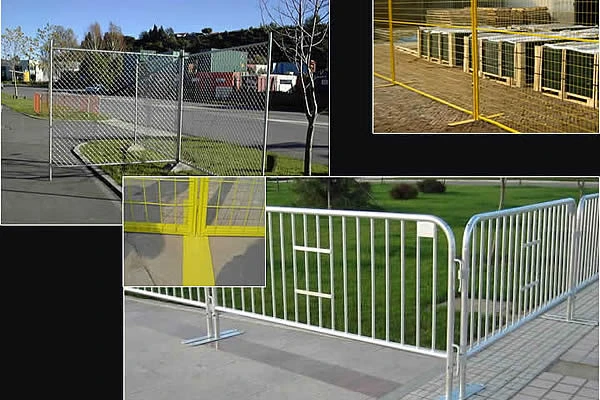 TEL:
+86-13102802206
TEL:
+86-13102802206
 Email:
fencenetting@china.com
Email:
fencenetting@china.com
 Language
Language
 TEL:
+86-13102802206
TEL:
+86-13102802206
 Email:
fencenetting@china.com
Email:
fencenetting@china.com
 Language
Language


Exploring the Strength and Versatility of 1% 2032 Steel Cable
When it comes to engineering and construction, the materials we choose can profoundly impact the durability and reliability of our projects. One such material that has gained attention for its impressive properties is the 1% 2032 steel cable. This specific type of steel cable is crafted with a composition that typically includes a low percentage of carbon, making it suitable for a variety of applications while maintaining strength and flexibility.
Composition and Properties
The designation “1% 2032” refers to a cable that is composed of approximately 1% carbon by weight, balanced with other alloying elements. This composition provides the cable with several distinctive attributes, including high tensile strength, resistance to deformation, and improved fatigue performance. Steel cables with such specifications can withstand significant loads, making them ideal for use in heavy-duty applications.
Additionally, the 2032 designation refers to the specific grade or standard that the steel cable meets, aligning it with certain performance criteria that dictate its manufacturing processes, strength, and other mechanical properties. The combination of quality material and precise engineering ensures that the 1% 2032 steel cable can perform reliably under stress, offering safety and security in its applications.
Applications
1% 2032 steel cables are widely used across various industries, illustrating their versatility and reliability. In construction, they are often employed as part of structural supports, lifting systems, and safety cables. Their high tensile strength makes them suitable for tensioning applications, such as in suspension bridges, where they partner with other structural components to create a stable and safe environment for vehicles and pedestrians.
In the maritime industry, these steel cables are crucial for mooring vessels and securing cargo. Their resistance to corrosion, especially when treated or coated, makes them ideal for use in salty, humid marine conditions. Many yacht manufacturers also rely on 1% 2032 steel cables for rigging and sail support, where performance and safety are paramount.

The transportation sector has also embraced this material, with applications ranging from freight elevators to conveyor systems. The wear resistance and strength of these cables can reduce maintenance needs and increase the overall lifespan of equipment.
Advantages Over Other Materials
One of the critical advantages of 1% 2032 steel cable over alternative materials, such as synthetic ropes, lies in its durability and performance in extreme conditions. While synthetic materials can suffer from UV degradation, abrasion, and temperature sensitivity, steel cables maintain their integrity, performing consistently under rigorous conditions. Additionally, steel cables are less likely to stretch under load compared to their synthetic counterparts, which can be a crucial factor in applications requiring precise measurements and stability.
The recyclable nature of steel adds to the ecological benefits associated with the use of 1% 2032 steel cables. As industries continue to seek sustainable practices, using recyclable materials plays a significant role in reducing overall environmental impact.
Maintenance and Care
To ensure longevity and optimal performance, proper maintenance of 1% 2032 steel cables is essential. Regular inspection for any signs of wear, such as fraying or corrosion, can help identify potential issues before they become serious. Lubrication may also be employed in specific applications to reduce friction and extend the cable’s lifespan. Moreover, safeguarding against environmental factors—like exposure to chemicals or extreme weather—can further enhance a steel cable’s durability.
Conclusion
In summary, the 1% 2032 steel cable stands out as a remarkable solution for a wide array of applications in construction, maritime, and transportation sectors. With its excellent tensile strength, durability, and efficient performance, this steel cable is invaluable in ensuring safety and functionality. As industries evolve and demand more robust materials, the 1% 2032 steel cable is likely to remain at the forefront of engineering solutions, proving that even in a world of advanced materials, traditional steel still holds significant value. The future continues to look bright for this remarkable material, affirming its place in modern engineering and construction.